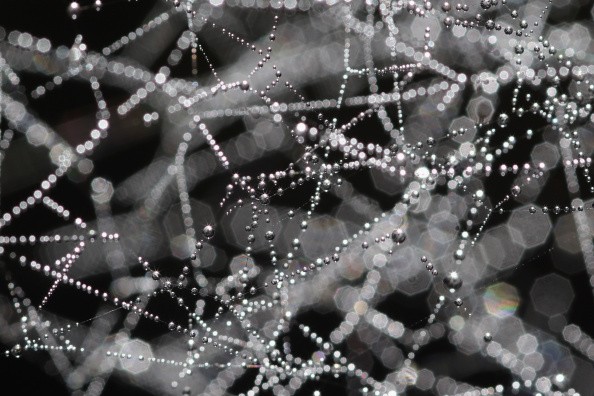MIT (Massachusetts Institute of Technology) researchers found a way on how to translate spider webs into music. Although the is innovation will not help people get rid of their spider fears, the involved experts said that it can lead to more advanced 3D printing methods.

Also Read : MIT Researchers Develop Wireless Sensors to Assist Patients Properly Using Insulin Pens and Inhalers
Tomas Saraceno, a Berlin artist, worked with MIT researchers for the project. The team of scientists used two-dimensional laser scanners to make 2D spider webs.
After that, they combined these 2D scans and converted them into a mathematical model. They used the new spider web model to recreate the original web in 3D virtual reality.
Aside from Saraceno, the researchers also worked with MIT's music department to create the harplike virtual instrument.
"Even though the web looks really random, there actually are a lot of internal structures and you can visualize them and you can look at them," said Markus Buehler, an MIT engineering professor, via ABC7's report.
"But it's really hard to grasp for the human imagination or human brain to understand all these structural details," he added.
How spider webs create music
The involved MIT researchers explained that they were able to listen to the spider web model by moving through the web's 2D strings. It allowed them to see and hear its structural changes, offering them a better idea of how spiders use their webs to see their environment.

Beuhler explained that these animals have very keen vibration sensors. They use them to create vibrations, allowing them to communicate with other spiders.
He added that spider webs work just like how people strum a normal guitar.
New advanced 3D printing methods could arrive
MIT experts claimed that the new study could help create new advanced 3D printing methods, which are more efficient than the currently available techniques. CNET reported that the spiders' way of creating their webs could be used by various scientists in 3D printing activities.
Aside from these, the MIT scientists also expect that their new study could allow them to communicate with these animals through synthetic signals. However, they didn't specify what they would do if ever they were able to understand the arachnids.
For more news updates about new MIT studies and other related stories, always keep your tabs open here at TechTimes.
Related Article : MIT Researchers Find Labeling Errors in AI Testi ng Datasets Cause Unstable Benchmark Results
This article is owned by TechTimes
Written by: Giuliano de Leon




